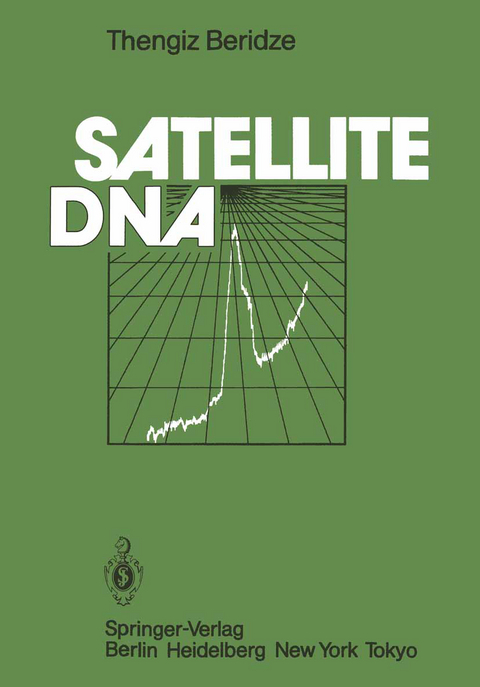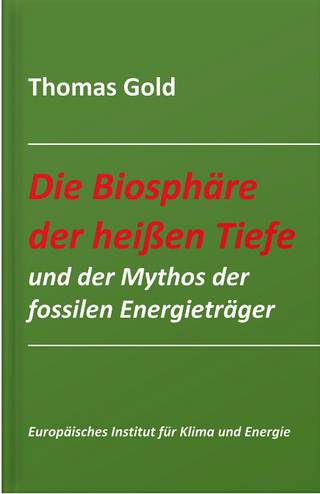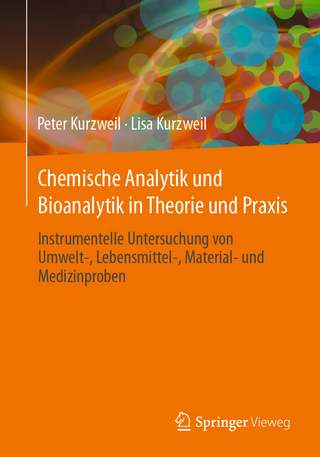
Satellite DNA
Springer Berlin (Verlag)
978-3-642-70773-5 (ISBN)
1 Detection of Satellite DNAs.- 2 Evolution of the Term "Satellite DNA".- 2.1 Intracellular Localization of stDNAs.- 2.2 Kinetic Satellites.- 2.3 Hidden stDNAs; Twin Satellites.- 2.4 Conditions Requisite for stDNA Detection by Gradient Technique.- 2.5 Contemporary Interpretation of the Term "Satellite DNA".- 3 Distribution.- 4 Reassociation Kinetics.- 5 Chromosomal Location.- 6 Structural Features.- 6.1 Protozoa.- 6.2 Arthropods.- 6.3 Amphibians.- 6.4 Mammals.- 6.5 Primates.- 6.6 Plant stDNA.- 7 Structure of stDNA-Containing Chromatin.- 7.1 Isolation of Satellite Chromatin.- 7.2 Reasons for the Compactness of Satellite Chromatin.- 7.3 Chromatin of the African Green Monkey.- 7.4 Drosophila Chromatin.- 7.5 Mouse Chromatin.- 7.6 Rat Chromatin.- 7.7 Bovine Chromatin.- 7.8 Specific Binding of stDNA with Microtubular Proteins.- 8 What Unites stDNAs?.- 8.1 Specific Conformation?.- 8.2 Length of the Repeating Unit?.- 8.3 Base Sequence?.- 8.4 5-methylcytosine?.- 8.5 Concluding Remarks.- 9 Origin.- 9.1 Saltatory Replication.- 9.2 Unequal Crossing-Over.- 9.3 Two-Step Mechanism Formation.- 10 Functional Role.- 10.1 StDNA Transcription.- 10.2 Role of stDNA in Somatic Cells.- 10.3 Hypotheses on the Functional Role of stDNA.- References.
| Erscheint lt. Verlag | 17.11.2011 |
|---|---|
| Zusatzinfo | XII, 149 p. |
| Verlagsort | Berlin |
| Sprache | englisch |
| Maße | 170 x 244 mm |
| Gewicht | 294 g |
| Themenwelt | Naturwissenschaften ► Biologie ► Biochemie |
| Naturwissenschaften ► Biologie ► Mikrobiologie / Immunologie | |
| Naturwissenschaften ► Biologie ► Zellbiologie | |
| Schlagworte | Base • chromosome • DNA • Drosophila • Evolution • Gene • Genome • Influence • Nucleotide • plants • Protein • Regulation • Replication • Structure • transcription |
| ISBN-10 | 3-642-70773-4 / 3642707734 |
| ISBN-13 | 978-3-642-70773-5 / 9783642707735 |
| Zustand | Neuware |
| Haben Sie eine Frage zum Produkt? |
aus dem Bereich


